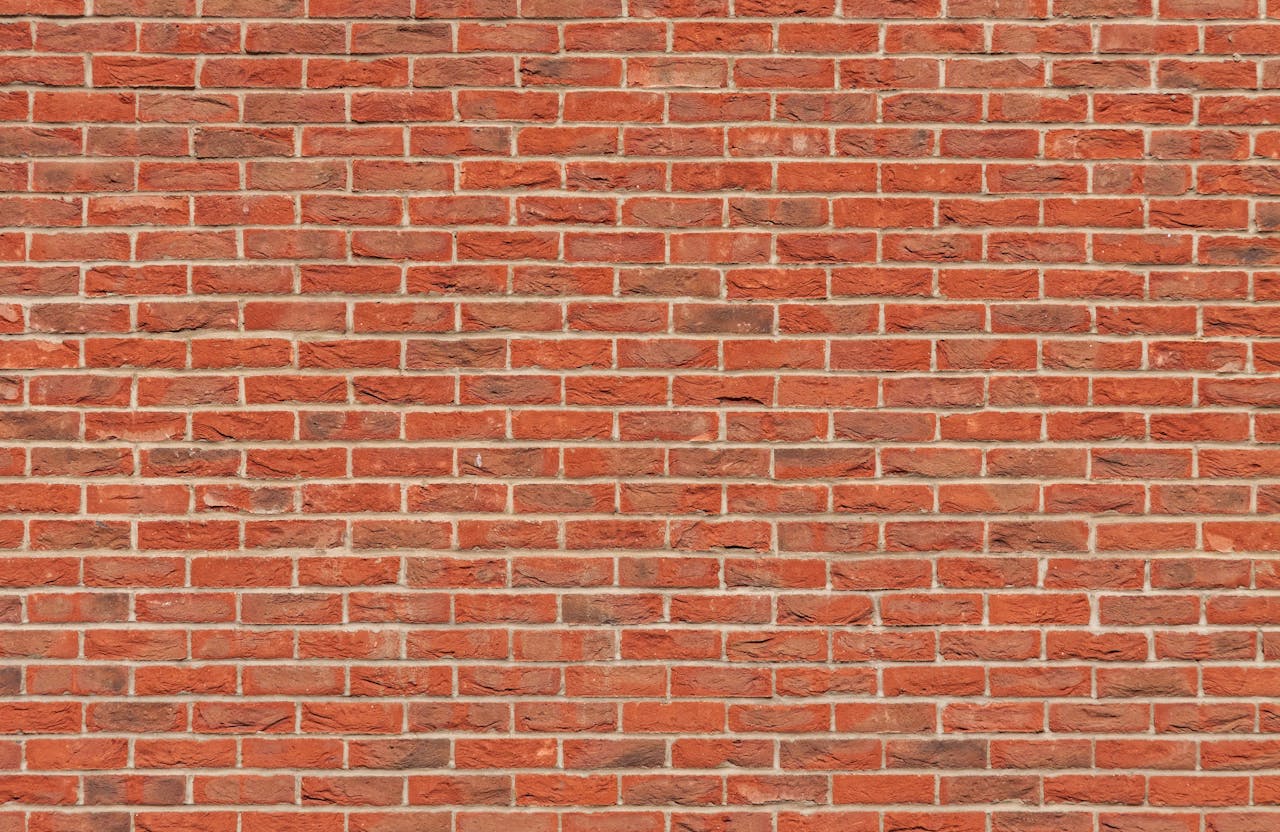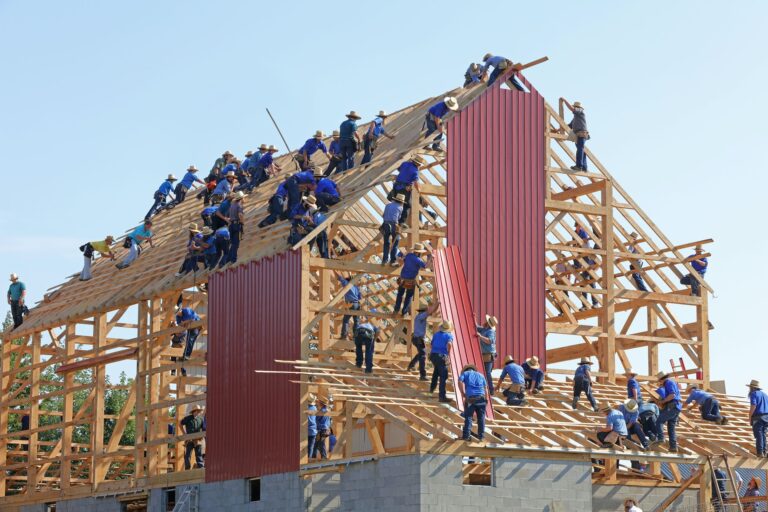Brick structures have stood the test of time, gracing our landscapes with their durability and aesthetic appeal. However, like all building materials, brickwork requires maintenance to keep it in optimal condition and extend its lifespan.
One of the key aspects of maintaining a brick structure is caring for the mortar joints that hold the bricks together. This guide delves into the world of brick maintenance, focusing on the critical practice of repointing and how it rejuvenates and preserves brick structures.
Understanding Mortar Joint Deterioration
Mortar joints bind bricks together, forming the backbone of many buildings’ structural integrity. Over time, these joints can deteriorate due to weather exposure, moisture, and thermal changes.
When mortar begins to crumble, it no longer supports the bricks effectively, which can lead to structural problems and even the potential collapse of parts of the wall.
The Importance of Repointing
Repointing is the process of renewing the pointing, which is the external part of mortar joints, in masonry construction. This process is crucial not only for maintaining the aesthetic value of a brick structure but also for ensuring its safety and stability.
In places like Sydney, where weather conditions can range from scorching heat to driving rain, services such as brick repointing in Sydney are essential to address the wear and tear experienced by brick structures.
When to Consider Repointing
Recognizing the signs that your brickwork needs repointing can save you significant repair costs down the line. Here are some indicators that it’s time to consider repointing:
Eroded Mortar Joints
If the depth of the mortar erosion is 6mm or more, it’s time to think about repointing. Deep erosion exposes more brick surface to the elements, accelerating deterioration.
Crumbling Mortar
If you notice that the mortar turns into powder when touched or it flakes away easily, this is a clear sign that the mortar has lost its bonding properties and needs replacement.
Loose Bricks
Loose bricks can result from failing mortar joints. This not only poses a risk of bricks falling but also compromises the structural integrity of the wall.
Water Infiltration
If you notice moisture or dampness inside your building after rain, it might be due to compromised mortar joints allowing water to penetrate the brickwork.
The Repointing Process
Repointing is a meticulous process that involves several steps to ensure the longevity and durability of the work. The process generally involves:
Removing Old Mortar
The first step in repointing is to carefully remove the old mortar from between the bricks to a necessary depth. This is typically done using hand tools or small power tools, taking care not to damage the bricks.
Cleaning the Joints
Once the old mortar is removed, the joints must be cleaned of all debris to ensure a clean bonding surface for the new mortar. This is usually achieved with brushes and occasionally with compressed air.
Choosing the Right Mortar
Matching the new mortar to the existing mortar in color, composition, and texture is crucial. This ensures that the repointing does not only perform well but also looks seamless. The mortar mix should also be compatible in terms of strength and permeability to avoid damaging the bricks.
Applying the New Mortar
The new mortar is carefully pressed into the joints, typically using a pointing trowel. The technique used will depend on the type of joint finish required. Care must be taken to avoid smearing mortar on the brick faces.
Curing the Mortar
After application, the mortar needs to be kept moist for a certain period to cure properly. This may involve covering the repointed areas with a damp cloth or periodically misting them with water, depending on the weather conditions.
Maintenance After Repointing
After repointing, regular inspections and maintenance are essential to ensure the longevity of the brickwork. This includes:
Regular Cleaning
Keeping the brickwork clean helps to identify any issues early before they become serious. It also prevents the growth of vegetation, which can damage mortar and bricks.
Monitoring for Cracks
Regularly check the repointed areas for cracks. If you notice any, it might be an indication of settling or ongoing deterioration elsewhere in the structure.
Waterproofing
Applying a breathable waterproofing agent can help protect the brickwork from moisture while allowing it to breathe, which is crucial for the longevity of the mortar and bricks.
The Art and Science of Repointing
Repointing is both an art and a science that requires skill, patience, and knowledge. By investing in proper repointing practices, you not only enhance the beauty of your brick structure but also ensure its safety and structural integrity for years to come.
Whether you’re maintaining a historic building or a modern brick home, understanding and implementing quality brick care is essential in preserving these timeless structures.



